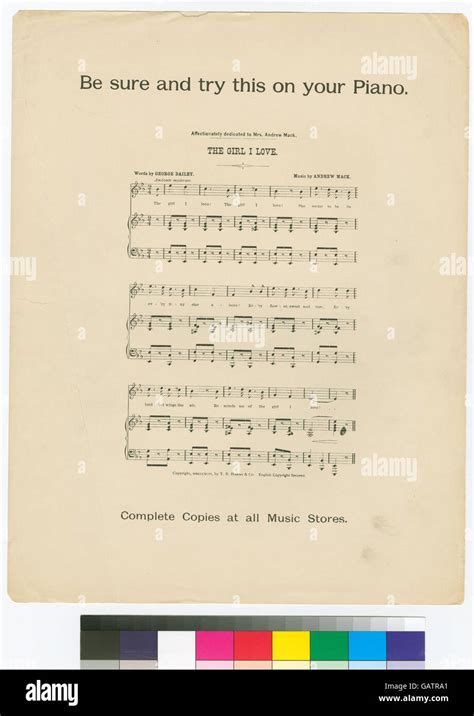Understanding the nuances of emotional intimacy across different relationship types is crucial for appreciating the rich tapestry of human connection. For men, the emotional landscape of their closest friendships frequently presents a distinct contrast to that of their romantic partnerships. While both provide invaluable support and connection, the pathways to and expressions of intimacy often diverge in specific, observable ways.
The Nature of Emotional Intimacy in Men’s Friendships
In men’s closest friendships, emotional intimacy often thrives through shared experiences, activities, and an implicit understanding rather than explicit verbal declarations. Bonds are forged and strengthened over time through collaborative efforts, mutual interests, and a sense of loyalty. Conversations might center around sports, work, hobbies, or current events, with deeper emotional disclosures often emerging organically, wrapped in humor or understated language.
Support in these friendships is frequently practical and action-oriented. A friend might offer help with a move, lend an ear during a tough work situation, or provide unwavering solidarity in a conflict. While deep trust and affection are present, the direct verbalization of profound personal feelings, anxieties, or vulnerabilities might be less common or reserved for crisis moments, rather than being a routine aspect of interaction.

Emotional Intimacy in Romantic Partnerships
Romantic partnerships, by contrast, typically demand and cultivate a different, often more explicit and comprehensive form of emotional intimacy. This sphere is usually characterized by a higher expectation for direct verbal disclosure of feelings, dreams, fears, and past experiences. Vulnerability is often a cornerstone, with partners sharing intimate details of their inner lives and relying on each other for emotional validation and co-regulation.
The intimacy in romantic relationships extends beyond shared activities to include the co-creation of a shared future, navigating complex emotional landscapes together, and a willingness to be seen in one’s most authentic, unvarnished state. Discussions often revolve around the relationship itself, personal growth, future plans, and direct emotional processing. There’s an expectation of being a primary confidant and emotional anchor.

Key Distinctions in Expression and Depth
Several specific differences emerge when comparing these two forms of emotional intimacy for men:
- Mode of Expression: Friendships often rely on indirect emotional cues, shared laughter, and mutual experiences. Romantic partnerships typically involve more direct verbal articulation of feelings, needs, and vulnerabilities.
- Depth of Self-Disclosure: While men can share deeply personal information with friends, the scope and consistency of this disclosure often differ. Romantic partners usually expect a more comprehensive and continuous sharing of one’s inner world, including insecurities and past traumas.
- Role of Vulnerability: In friendships, vulnerability might be context-dependent or expressed through actions. In romantic relationships, an ongoing, reciprocal willingness to be vulnerable and emotionally exposed is often central to building and maintaining the bond.
- Conflict Resolution: Friendship conflicts might be sidestepped, minimized, or resolved through an unspoken understanding. Romantic relationships typically necessitate direct communication, negotiation, and explicit resolution of disagreements to maintain emotional closeness.
- Physical Affection: While non-sexual physical affection (e.g., a pat on the back) can exist in male friendships, romantic partnerships include a broader range of physical intimacy that is deeply intertwined with emotional connection.

Overlaps and Evolving Masculinity
It’s important to acknowledge that these are general trends, and individual experiences can vary. Some men cultivate friendships that are extraordinarily emotionally intimate, mirroring aspects typically found in romantic partnerships. Similarly, not all romantic relationships achieve high levels of emotional intimacy. Societal norms around masculinity are also evolving, leading to more men feeling comfortable with and seeking deeper emotional expression in all their relationships.
Despite these overlaps, the fundamental distinction often lies in the primary emotional function each relationship serves. Friendships often provide camaraderie, loyalty, and a sense of belonging rooted in shared identity or activity. Romantic partnerships, on the other hand, frequently offer a unique blend of exclusive emotional partnership, comprehensive life-sharing, and a primary source of intimate self-disclosure and validation.

Conclusion
In essence, men’s closest friendships and romantic partnerships typically offer distinct, yet equally vital, forms of emotional intimacy. Friendships often provide intimacy through shared experiences, implicit understanding, and practical support, fostering a sense of camaraderie and shared identity. Romantic partnerships tend to demand a more explicit, vulnerable, and comprehensive emotional sharing, serving as a primary source of deep personal disclosure and co-created future. Both types of relationships are indispensable, enriching a man’s life by fulfilling different, but equally profound, needs for connection and belonging.





